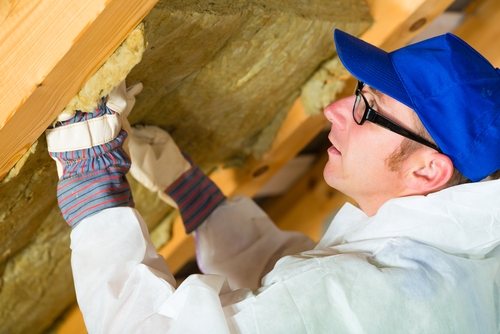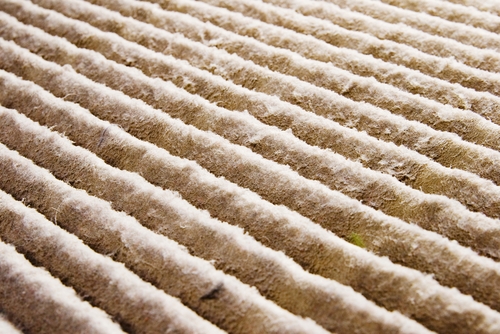
by GroupM7 | Jul 28, 2014 | Articles
Sealing and Insulating the Home Envelope Is the Key to Year-Round Comfort and Savings Jul 28, 2014 One of the best things about making the decision to seal and insulate the home envelope is that you can do it right now. Bigger, bolder strokes to achieve energy...

by GroupM7 | Jul 22, 2014 | Blog
What Does REME technology mean for Longview TX? Feb 3, 2012 The air filter plays a key role in keeping your HVAC equipment operating as it should, so it’s essential to check it monthly during the heating and cooling seasons. If you don’t clean or replace the filter...

by GroupM7 | Jul 12, 2014 | Blog
What Does REME technology mean for Longview TX? Feb 3, 2012 With a cooling season that extends beyond the national average, Longview and other East Texas homeowners are always on the lookout for ways to cut energy costs and improve air conditioner efficiency. While...




